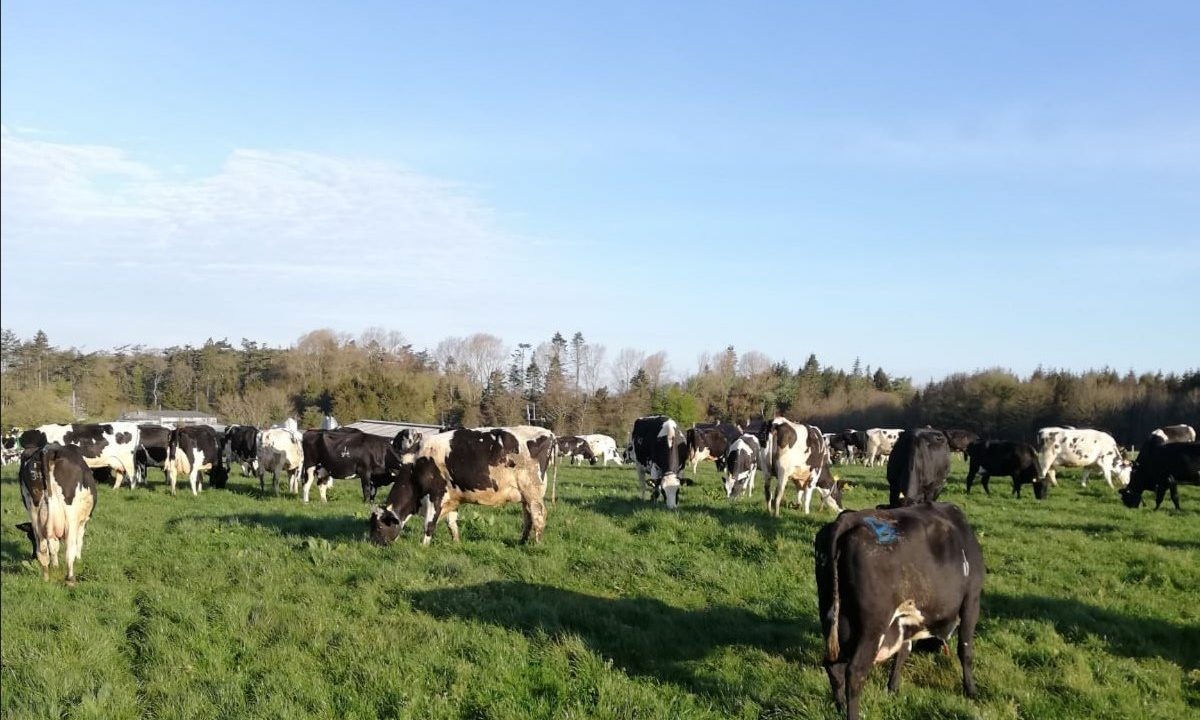Climate change obligations may limit livestock numbers in Northern Ireland, according to recent research and modelling.
Agri-Food and Biosciences Institute (AFBI) director of Sustainable Agri-Food Sciences Division, Prof. Elizabeth Magowan commented:
“It may be possible to maintain existing livestock numbers on the back of significant improvements in production efficiency along with other technological mitigations that are in the pipeline.
“Farming in Northern Ireland is committed to significantly reducing its carbon footprint over the next 30 years.
“And until we are well down the road, in terms of achieving these objectives, the option of increasing stock numbers is limited.”
Carbon intensity of livestock
Magowan spoke at an AFBI briefing, hosted for members of the Guild of Agricultural Journalists of Ireland earlier this week.
The purpose of the event was to profile the main findings of the second Centre for Innovation Excellence in Livestock (CIEL) report, assessing the carbon intensity of all UK livestock production systems.
Coordinated by Magowan, the publication reviews the potential for farms across the UK to reduce their carbon footprint values.
“This is a very complex area. However, we now have a much more precise knowledge of how existing technologies and management systems can be used to drive down greenhouse gas [GHG] emissions and increase sequestration.”
The frontline response of farmers to the challenge of climate change will comprise a number of basic strategies. These include the utilisation of better genetics and improvements in animal health standards.
“A foundational driver will be to improve the efficiency of all production systems,” Magowan said.
“In addition, trial results are consistently pointing to the action of methane inhibitors as a means of reducing greenhouse gas emission levels within the ruminant production systems.
“These products include specific seaweed extracts. However, their commercial availability could still be some time off,” she added.
Land use
According to the AFBI scientist, the securing of significant reductions in GHG emission levels will provide scope for farmers to change their land use policies.
“We know that tree planting provides an opportunity to increase carbon sequestration levels,” she continued.
“At AFBI we have also looked at the potential for silvo pasture-based production systems. We already know that it is possible to manage sheep in this context, without losing any production output.
“Our next objective is to assess how young stock production systems can be managed in a similar context.”
Carbon trading
Magowan is very wary of farmers committing to carbon credits at the present time.
“In the first instance, stronger market regulation is required. The science involved is also at a very early stage of development” she said.
“There is also the issue of farmers needing to keep the carbon they sequester for inclusion in the carbon footprint calculations carried out for their own farms.”
On the basis of the current management systems and technologies available, using case study farms, AFBI modelling indicates that carbon mitigation levels of up to 35% could be achieved within the ruminant sectors.
This is relative to a 2019 baseline. According to Magowan, new technologies will be required to bring farmers on the remainder of the journey towards ‘net zero’.

